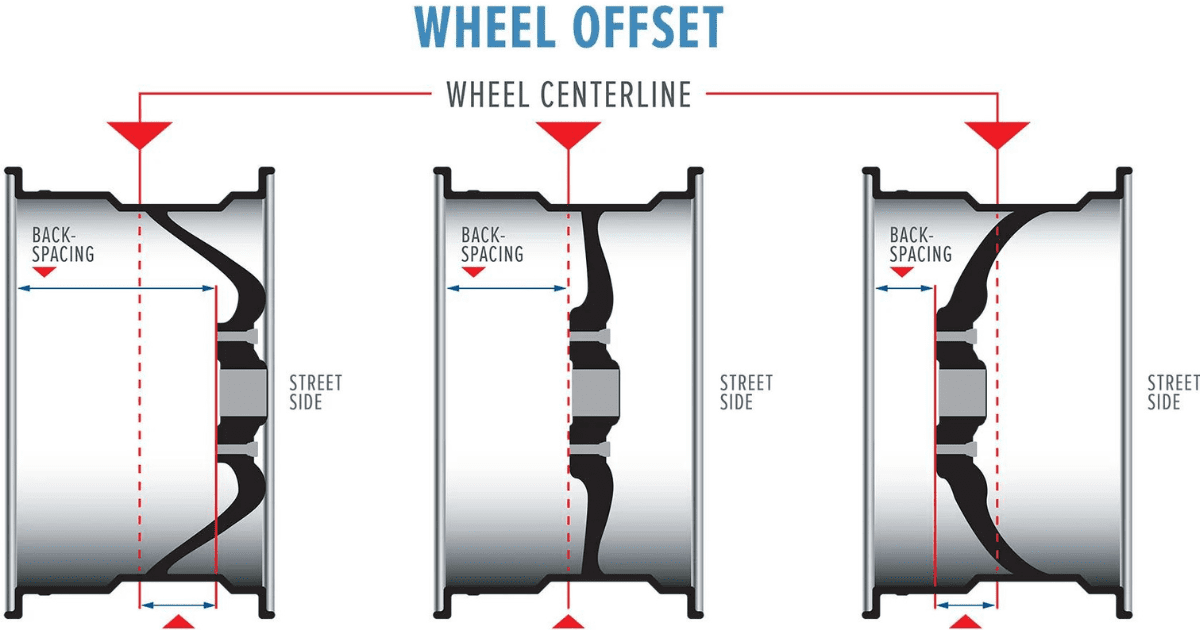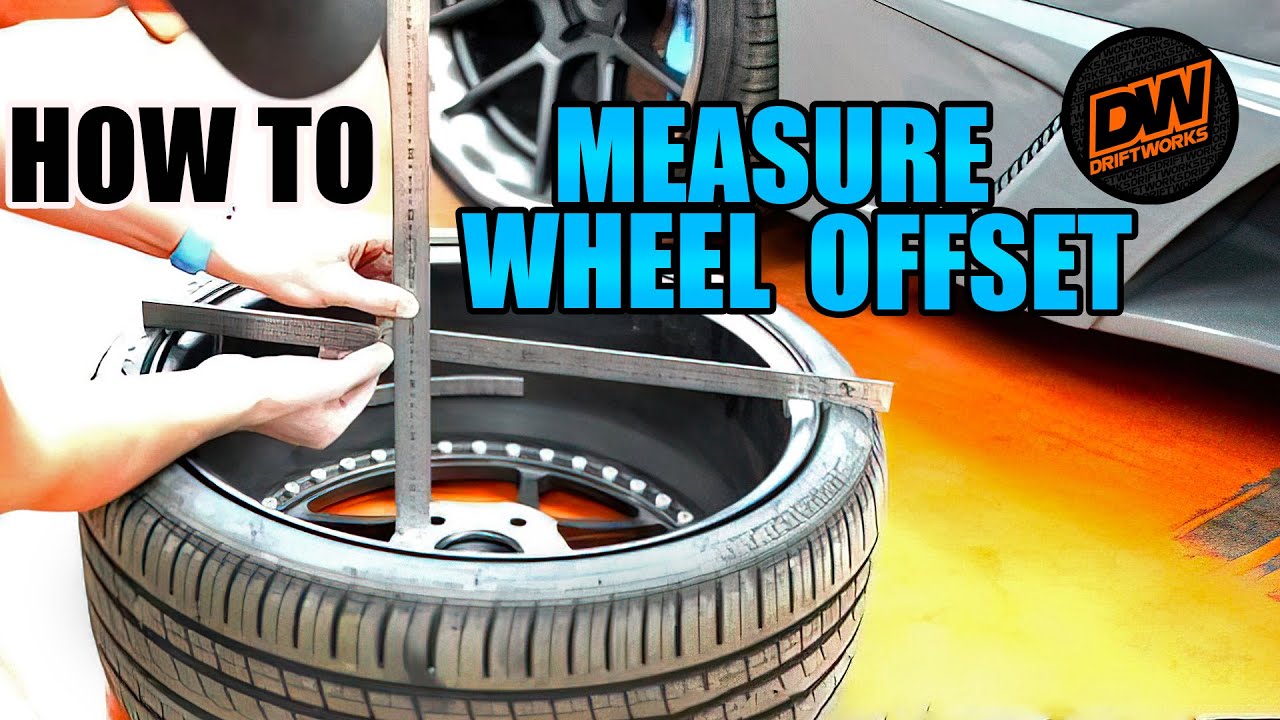Inevitably, automobile owners will want to swap out a few parts every so often. Wheel offset is an important consideration whether you are changing your vehicle’s wheels for a more aesthetically pleasing design or because of a difficulty.
What Is Offset On Wheels?
The wheel offset measures the distance between the centerline of the wheel and the surface that attaches it to the hub of a vehicle. For those seeking a brief explanation of “what does offset mean on wheels?” this is it.
Ensure that the wheel offset is accurately measured when you replace the components. It is significantly more crucial to accomplish the correct wheel offset, though. Reason being, if the offset is off, your new wheels will rub against your car’s suspension, fenders, brake calipers, and other body pieces, which can ruin the wheel replacement process.
I can already see that this is not going to be a pleasant experience. Serious harm to the suspension, braking system, and other associated parts is possible.
Knowing the various wheel offset operations can help you choose the one that’s right for you. Some examples of wheel offsets on vehicles are shown below.
Negative Offset Wheels

A negative offset occurs when the mounting face of the wheel is positioned behind the centerline. Here, parallel to the suspension and away from the centerline, the mounting surface tucks inward.
There are benefits and drawbacks to this wheel offset location. Nevertheless, because to the issues it causes, it is not recommended for use on vehicles. Here we’ll have a look at a few of the issues.
- Problems With Much Negative Offset Wheels
- Rubbing fenders
- Axle, bearing, and driveline wear and tear
- Reduced backspace issue
Positive Offset Wheels

When a car’s wheels are further from the centerline and facing the road, it’s called a positive wheel offset. At this point, the hub mounting surface of the vehicle is placed ahead of the wheel’s centerline.
A positive wheel offset is preferable to a negative one. Actually, positive offset wheels are standard on most modern rear-wheel drive and front-wheel drive vehicles. But they face unique difficulties of their own.
- Problems with Much Positive Offset Wheels
- Clearance and brake interruptions
- Tire failure problem
- Upper control arm rubbing
Zero Offset Wheels

The ideal wheels for automobiles are those with zero offset. The mounting surface of the wheel will always be precisely aligned with the wheel’s centerline thanks to this. The neutral position of zero wheel offset eliminates the drawbacks of both positive and negative offsets.
When car tires get worn down or damaged, owners have the option to upgrade to newer, better tires. But keep in mind that there are a number of tire types available, each with its own unique offset. That being said, zero offset wheels are your best bet in this case.
Conclusion
The temptation to alter car components only for aesthetic reasons, without giving any thought to their practical constraints, is a real thing. The replacement of a vehicle’s wheels is a prime illustration of this.
For that reason, this piece deals specifically with the topic of wheel offset. For that reason, “What is offset on wheels?” is a query that may have baffled you. Everything you needed to know is right here in this article.




